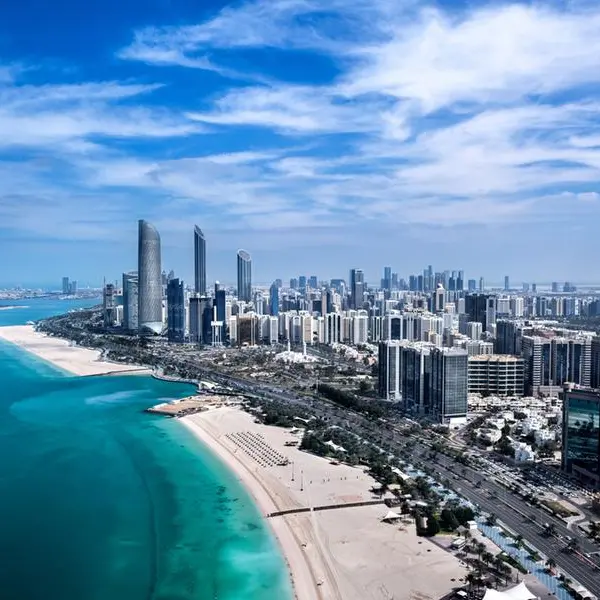Passenger traffic in Asia-Pacific and the Middle East recorded growth in June at +2.1% and +8.1% respectively.
In China, the overall passenger growth this month was negatively impacted by adverse weather conditions in southern and eastern China, which caused significant flight cancellations at many airports. The domestic sector showed signs of weakening, while international demands remained solid. The top three airports with the most passenger volume increase from last year were: Guangzhou (CAN) +5.1%, Shanghai Pudong (PVG) +3.9% and Shenzhen (SZX) +5.9%.
In India, passenger traffic demand showed resilience. Both the international and domestic segments recovered to positive growth this month as the market filled in the capacity gap created by Jet Airways’ service suspension. The three airports with the most passenger volume growth were: Hyderabad (HYD) +9.8%, Bangalore (BLR) +4.4% and Ahmedabad (AMD) +10.4%.
The Middle East recorded robust performance this month at +8.1%. Many airports benefited from the shift in timing of Ramadan and reported positive results. Airports with the highest volume increase from last year: Doha (DOH) +19.2%, Dubai (DXB) +4.2% and Sharjah (SHJ) +17.5%.
Overall year-to-date passenger traffic in Asia-Pacific and the Middle East grew +1.9% and +2.5% respectively. Major markets such as China, India and the United Arab Emirates all experienced slowdown in the first quarter and showed signs of improvement in the second quarter. Looking ahead, the macro-economic environment remains challenging particularly for Asia-Pacific with rising tensions between Japan and South Korea and the escalating trade disputes between China and the United States.
Air freight markets continued to deteriorate, Asia-Pacific and the Middle East declined at -6.5% and -7.1% respectively in June. Hangzhou (HGH) was the only airport that posted a positive growth rate among the top 20 air freight hubs, at +4.2%. The growth was largely driven by the increased handling capacity and network expansion of express couriers.
Overall, air freight slowed in the first half of 2019, with Asia-Pacific at -5.9% and the Middle East at -2.7%. The escalating trade tensions between China and the United States continued to put pressure on the exports and manufacturing activities in the region.
-Ends-
About Airports Council International Asia-Pacific
ACI Asia-Pacific, one of the five regions of the Airports Council International (ACI), is based in Hong Kong and represents 113 members operating 600 airports in 49 countries/ territories in Asia-Pacific and the Middle-East.
As the only global trade association of the world’s airports, ACI represents airports’ interests with governments and international organizations, develops standards, policies and recommended practices for airports, and provides information and training opportunities to raise standards around the world. In 2017, ACI Asia-Pacific airports have handled 3.4 billion passengers and 56.3 million tonnes of cargo.
For further information, please contact:
Vivian Fung (Ms.)
Senior Manager, External Affairs
ACI Asia-Pacific
Tel: (852) 2989 8006
Email: vivian@aci-asiapac.aero
Website: www.aci-asiapac.aero
Disclaimer: The contents of this press release was provided from an external third party provider. This website is not responsible for, and does not control, such external content. This content is provided on an “as is” and “as available” basis and has not been edited in any way. Neither this website nor our affiliates guarantee the accuracy of or endorse the views or opinions expressed in this press release.
The press release is provided for informational purposes only. The content does not provide tax, legal or investment advice or opinion regarding the suitability, value or profitability of any particular security, portfolio or investment strategy. Neither this website nor our affiliates shall be liable for any errors or inaccuracies in the content, or for any actions taken by you in reliance thereon. You expressly agree that your use of the information within this article is at your sole risk.
To the fullest extent permitted by applicable law, this website, its parent company, its subsidiaries, its affiliates and the respective shareholders, directors, officers, employees, agents, advertisers, content providers and licensors will not be liable (jointly or severally) to you for any direct, indirect, consequential, special, incidental, punitive or exemplary damages, including without limitation, lost profits, lost savings and lost revenues, whether in negligence, tort, contract or any other theory of liability, even if the parties have been advised of the possibility or could have foreseen any such damages.










